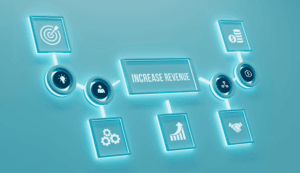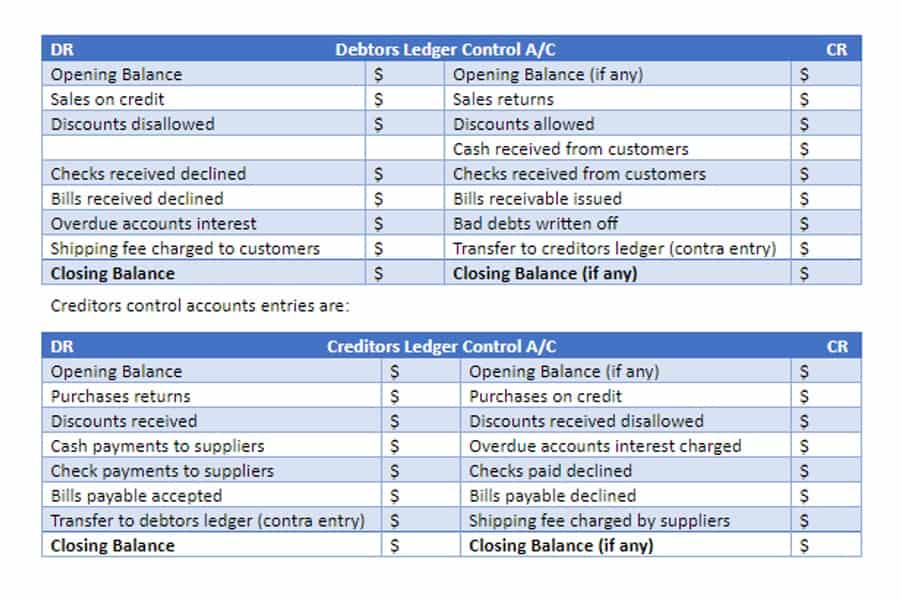Estimated tax payments should be made as income is earned, and the IRS collects them quarterly. These dates don’t coincide with regular calendar quarters, though. However, if your income is received unevenly during the year, you may be able to avoid or lower the penalty by annualizing your income and making unequal payments. Use Form 2210, Underpayment of Estimated Tax by Individuals, Estates, and Trusts (or Form 2220, Underpayment of Estimated Tax by Corporations), to see if you owe a penalty for underpaying your estimated tax. Please refer to the Form 1040 and 1040-SR Instructions or Form 1120 InstructionsPDF, for where to report the estimated tax penalty on your return.
- Reporting employee payments and deductions to HMRC is mandatory, typically before each payday.
- Here’s a closer look at what those are, and why not paying them could cost you.
- There is a special line on Form W-4 for you to enter the additional amount you want your employer to withhold.
- Great, you have saved this article to you My Learn Profile page.
- So quarterly taxes are the freelancer version of traditional tax withholding.
Expected tax bill
To maintain EA status, they must stay up to date in the field by completing 72 hours of continuing education every three years. You won’t owe an estimated tax penalty if the tax shown on your 2024 return, minus your 2024 withholding, is less than $1,000. These https://megapolisnews.com/navigating-financial-growth-leveraging-bookkeeping-and-accounting-services-for-startups/ exact dates can change by a day or two in any given year because taxes become due the next business date when the original dates fall on weekends or holidays. This article includes details on specific business tax due dates for the current tax year.
Credits & Deductions
The printed voucher tells you how to fill out your forms, check, and which IRS office to mail it to. Your check and voucher must be postmarked by the quarterly due date. But you need to request an extension before your tax deadline. While not ideal, overpaying and receiving a refund is often preferable to underpaying and suffering penalties or interest.
When should you make quarterly tax payments?
All features, services, support, prices, offers, terms and conditions are subject to change without notice. This is easiest to do with direct deposit, but the IRS can also work with third-party merchants to handle credit card payments. For corporations, payments must be filed through the Electronic Federal Tax Payment System.
Individuals, including sole proprietors, partners, and S corporation shareholders, generally use Form 1040-ES, to figure estimated tax. Nonresident aliens use Form 1040-ES(NR) to figure estimated tax. This digital tool provides workers, self-employed individuals and retirees with wage income a user-friendly resource to effectively adjust the amount of income tax withheld from their wages. This means the amount you end up paying in tax will depend on how much your asset has grown in value, as well as your other sources of income. If you have available RRSP contribution room, another option is to put the capital gain proceeds into an RRSP, which reduces your total earned income for the year. By completing this, you’ll establish a clear overview of employees’ total compensation, laying the foundation for accurate manual payroll tax calculations.
- Because Stephanie earned more than $400 this year, she will also have to pay self-employment tax.
- Typically, this type of payout takes the form of a refund or credit.
- According to the IRS, you don’t have to make estimated tax payments if you’re a U.S. citizen or resident alien who owed no taxes for the previous full tax year.
- Your annual tax return from the previous year is necessary to complete this form.
- These could include student loan repayments, voluntary deductions requested by employees, or any specific deductions relevant to your organisation.
- Required payment deadline for any taxable income earned from April 1 to May 31, 2024.
If your income fluctuates from month to month, it might make more sense to transfer a portion of each payment you collect into savings. First, you’ll need to calculate your estimated taxes for the year, then figure out what percentage of your net taxable income that represents. One of the easiest things you can do is mark the due dates for estimated tax payments on your calendar.
Step 3: Make a federal estimated quarterly tax payment
So whatever your estimated income taxes are, add an additional 15.3% to cover self-employment tax. If your previous year’s adjusted gross income was over $150,000, you will need to pay 110% of your previous year’s taxes as part of your estimated tax payments. One exception applies to individuals who earn at least two-thirds of their income from farming or fishing. The requirement is to pay in two-thirds of your current year tax or 100% of your prior year tax. Also, there is only one estimated tax payment date – January 15 of the following year.
- Finally, if you have a W-2 job in addition to your 1099 work, enter your expected W-2 income in the calculator’s last field.
- As you receive income throughout the year, try to put aside an amount for taxes.
- If your adjusted gross income (AGI) exceeds $150,000 ($75,000 if you’re married and file separately) the requirement is 110%.
- If you need some help with your estimated taxes, check out Bench.
- If these dates fall on a weekend or holiday, the deadline is the next business day.
Consider paying with your refund
You can pay the IRS directly from the Electronic Federal Tax Payment System website. For those who make more or less at different times of the year, remember to consider such fluctuations when calculating income. Note that any link in the information above is updated each year automatically and will take you to the most recent version of the webpage or document at the time it is accessed. Sign up to get the latest tax tips, information on personal finance and other key resources sent straight to your email.
If it turns out that you overestimated or underestimated your earnings, you can complete another Form 1040-ES and refigure your estimated tax for the next quarter. When you file your annual return, you’ll likely need to attach an extra form — IRS Form 2210 — to explain why you didn’t send equal payments. If you paid too much, you can get a refund or apply the overage as a credit to future payments.
The penalty will depend on how much you owe and how long you have owed it to the IRS. SmartAsset Advisors, LLC (“SmartAsset”), a wholly owned subsidiary of Financial Insight Technology, is registered with the U.S. You first determine your self-employment or business income and report your adjusted Navigating Financial Growth: Leveraging Bookkeeping and Accounting Services for Startups gross income on Form 1040. You may have a chance to reduce your self-employment income further by claiming the qualified business income (QBI) deduction. This allows you to reduce your pass-through income from self-employment or owning a small business by up to 20% on your tax return.
Include these dates in your tax deadline calendar as a key part of any small business tax prep checklist. In general, to claim the QBI deduction, your taxable income must fall below $182,100 for single filers or $364,200 for joint filers in 2023. Tax year 2024 has limits of $191,950 and $383,900, respectively. On the other hand, if you make less money during the year or have more deductions than you expected, you can always decrease the amount you pay each quarter. When a due date falls on a weekend or holiday, your quarterly payment is due the following business day.


